TMJ Treatment Parsippany
Ease Jaw Pain & Oral Discomfort
If you suffer from frequent jaw pain and other related symptoms, you might have what is known as TMJ disorder (TMD). This is a complex condition, but the good news is that our team is ready to help you ease your jaw pain and oral discomfort via TMJ treatment. One of our dentists, Dr. Anita Kabaria, has even completed extensive training in how to address TMD. In fact, she is a Diplomate of the American Board of Orofacial Pain, a Fellow of the American Academy of Orofacial Pain, and a member of the American Academy of Facial Esthetics.
If you would like to learn more about TMD and your treatment options, read this page. Then, when you are ready to visit Dr. Kabaria and our team, give us a call. We look forward to serving you!
Why Choose Rauchberg Dental Group for TMJ Treatment?
- On-Staff Specialists with Extensive TMJ Therapy Experience
- Multiple Types of Treatment to Provide Lasting Relief
- Treatment Tailored to Your Unique Needs
What is TMJ Disorder?
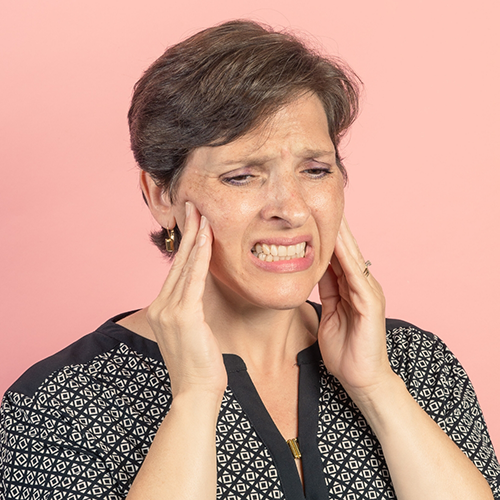
You may spend most of your life unaware of the important little triangular-shaped joints located in front of your ears. Lined with cartilage, these joints move with a smooth, gliding motion. Under normal conditions, they join your lower jaw and temporal bone, allowing your mouth to open and close easily. However, stress or an improper bite can cause the joints to dysfunction, causing nerve endings to send pain signals.
The temporomandibular joints are highly sensitive to overall physical, emotional, and psychological stress. They are affected by the mechanics of your bite and the condition of your jaw muscles. A little extra stress, a little extra fatigue, a little change in your bite, and you may temporarily knock the whole system out of balance. The resulting TMJ disorder, or TMD, can create a variety of mild to severe symptoms.
Symptoms of TMJ Disorder
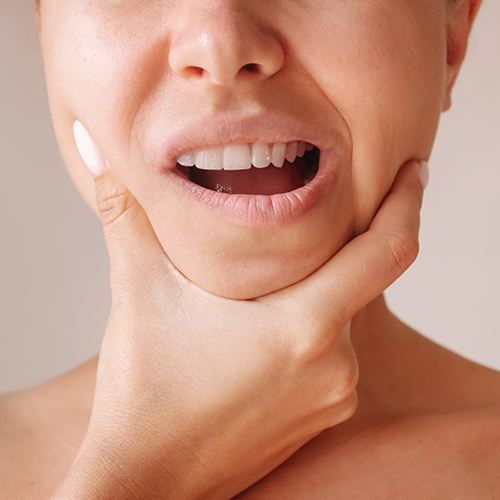
TMD can cause dozens of symptoms. Some of the most common include:
- Tenderness and pain in the jaw
- The sensation of lockjaw or limited jaw mobility
- Clicking and popping when you open and close your mouth
- Ringing in the ears (tinnitus)
- Back and neck pain
- Pain or difficulty while chewing or swallowing
- Pain behind the eyes
-
Headaches
Types of TMJ Treatment
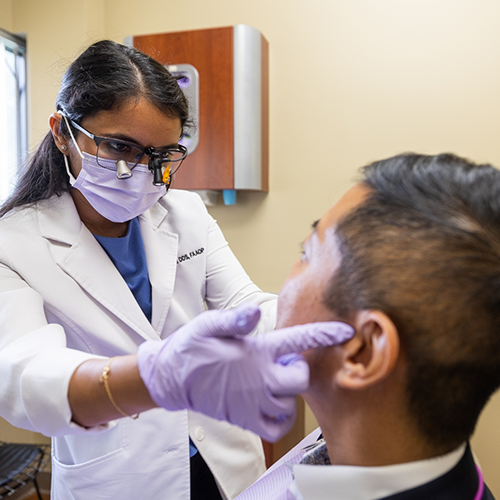
This condition is very common, which is why we evaluate every patient for TMJ dysfunction at their regular dental exam. If we detect a problem, our goals are to treat it, protect teeth from further damage, and correct underlying bite misalignment. Our treatment recommendations are always based on each patient’s unique situation. Depending on the details of your case, we might recommend one or more of the following therapies for you:
Occlusal Splint
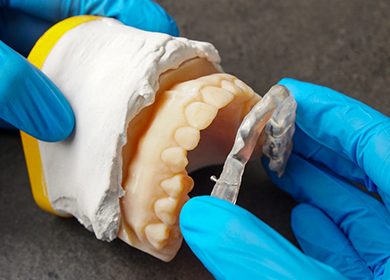
An occlusal splint is a custom appliance that gently shifts the position of the lower jaw, which can help to relieve stress on nearby muscles and lead to pain relief. A splint also prevents teeth grinding and clenching at night, which often contributes to TMJ disorder.
Equilibration/ Occlusal Adjustment
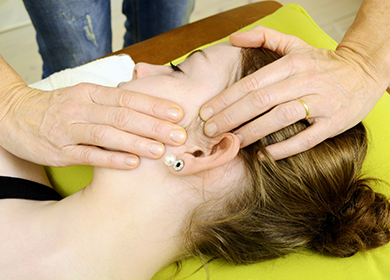
Equilibration, also known as an occlusal adjustment, involves making small changes to the chewing surfaces of teeth or dental restorations. These minor adjustments can help the upper and lower teeth work more harmoniously together. Therefore, facial muscles and the TMJ may relax, and symptoms of TMD may be greatly reduced.
BOTOX® Injections
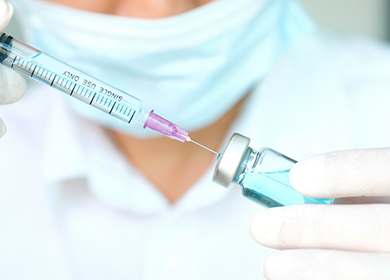
BOTOX is often thought of as a purely cosmetic treatment, but it also has some medical applications. When it is strategically injected around the TMJ, it can relax the muscles that control jaw movement. The results may last for several months at a time. Often, BOTOX is combined with other therapies to provide optimum relief.
I Need a Checkup & Cleaning I Need a Dentist for My Child I Have a Cavity or Broken Tooth I'm Missing One or More Teeth I Want to Enhance My Smile I Want a Straighter Smile I Have a Dental Emergency I Have Sleep Apnea/Snore I am Worried About Gum Disease I am Scared of the Dentist View Our Services
